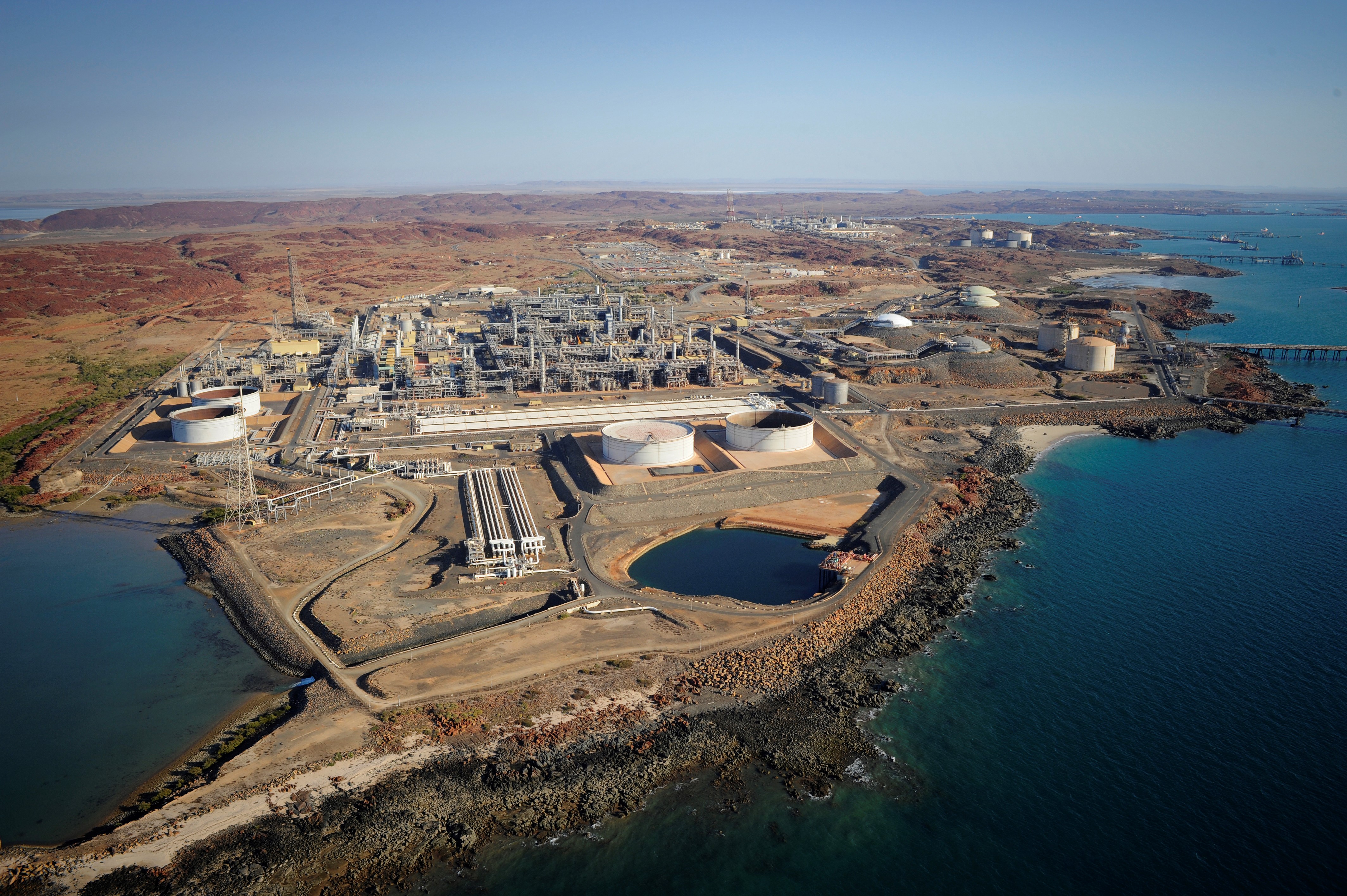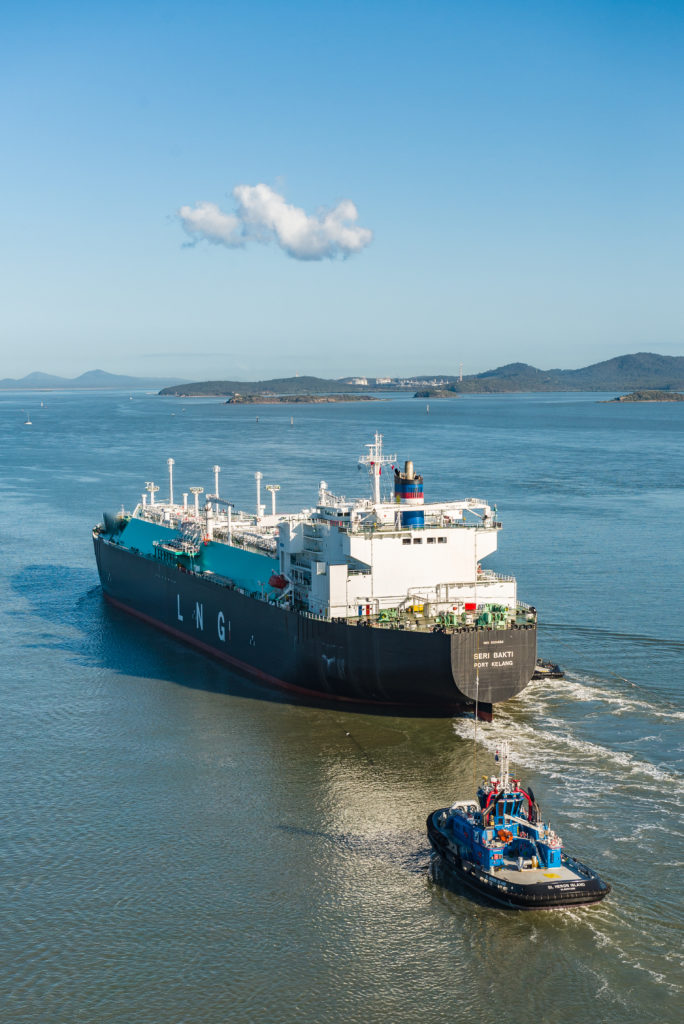Australian LNG exports reached 69.5 Mt in 2018, up 23.0% from 56.5 Mt in 2017, EnergyQuest has revealed in its latest LNG report.
The energy advisory firm said the start-up of the Ichthys project during 2018 and continued good performance of Wheatstone, which started production from Train 2 during 2018, has made a major contribution to the growth in Australian exports.
The long-awaited Prelude project also began production in late December with the first cargoes expected in early 2019.
The report further revealed that:
Notwithstanding media headlines about “record” Queensland LNG exports, east coast exports only grew by 0.3 Mt. The east coast projects continue to perform below capacity, due to the increasingly tight gas supply in the east coast market.
West coast producers, however, continue to outperform, with North West Shelf (NWS) continuing to be the largest producer. Gorgon has remained in second place having consistently high production rates during 2018.
“There will be further increases in exports in 2019 as Prelude comes on line, and Ichthys and Wheatstone ramp-up to full capacity,” EnergyQuest said.
The higher export volumes together with higher oil prices are estimated to have increased total 2018 LNG export revenue by 67.8% to $43.3 billion. LNG remained Australia’s third largest export in 2018, after coal and iron ore.
Japan remains the largest importer of Australian LNG, importing 29.8 Mt in 2018, up 11.8% from 2017 (Table 2) and Australia is Japan’s largest LNG supplier.
Chinese LNG imports from Australia increased by 34.9%. China remains Australia’s second-largest LNG market and Australia is China’s biggest LNG supplier. Exports to Korea again increased significantly and Australia remained Korea’s second largest LNG supplier after Qatar.
Analyst firm Wood Mackenzie expects world LNG supply to increase by 40 Mt in 2019. Much of the supply increase is expected to come from US from the Corpus Christi, Sabine Pass and Cove Point LNG projects, as well as Ichthys and Prelude.
The company also expects that 2019 will see a record amount of development of new LNG capacity to be approved as global demand increases, particularly due to China’s insatiable appetite for gas.”
Wood Mackenzie’s research director for global gas and LNG, Giles Farrer, said he expected FID to be made over the coming 12 months on projects which would add more than 60 Mtpa of LNG capacity.
Oil prices ranged between US$60 and US$80/bbl for much of 2018, before the price spiked to US$86.07/bbl ($119.97/bbl) on 4 October.
“This, however, was the beginning of a decline that took prices to a more than two-year low of US$50.57 in late December. Prices have not been this low since August 2017,” EnergyQuest said.
Asian spot LNG prices increased during December from US$8.70/MMBtu in mid-December (for January deliveries) to US$9.06/MMBtu in late December (for February deliveries). Prices for February deliveries eased to US$8.90/MMBtu in early January, the lowest since July.




